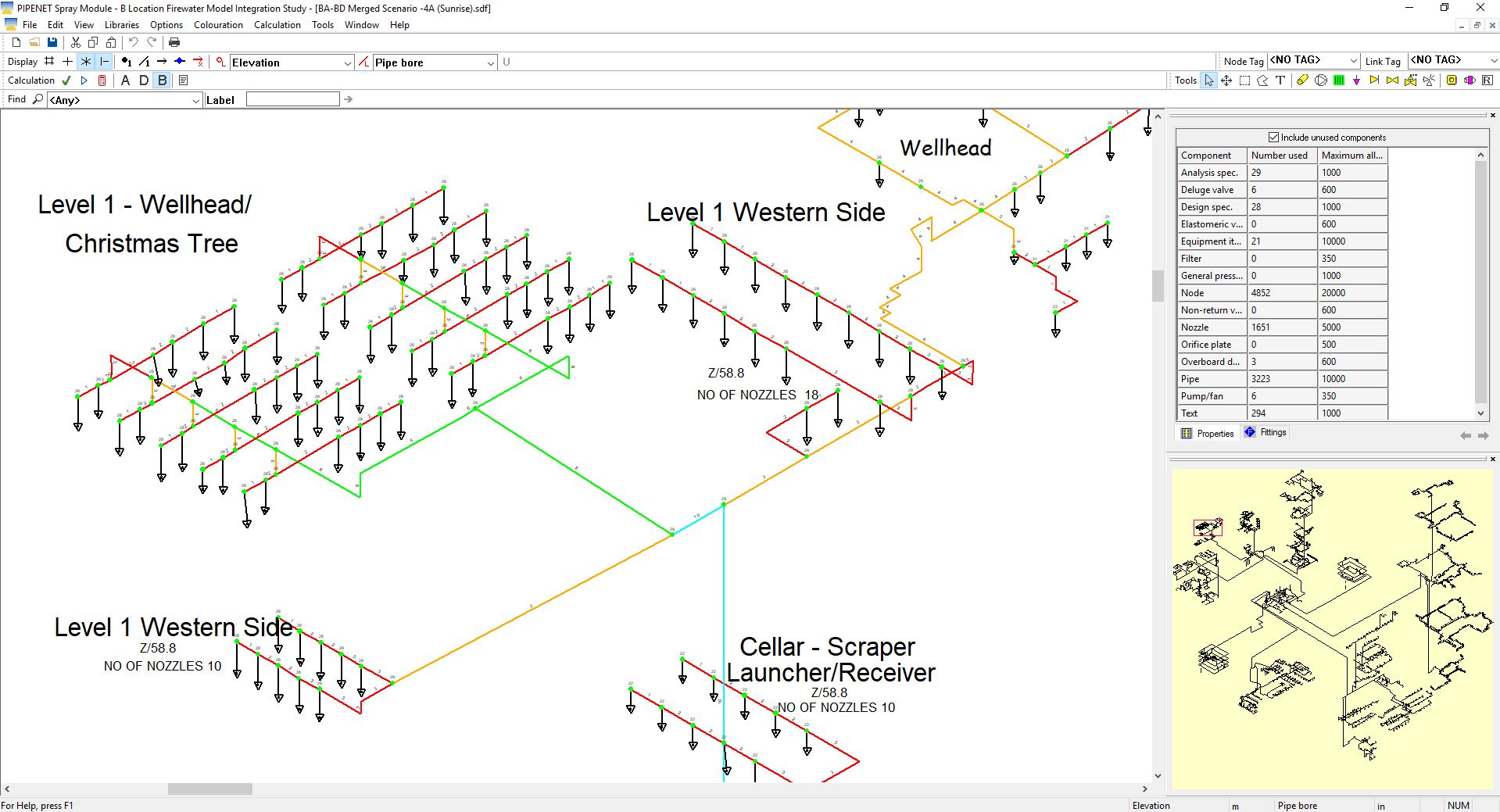

Hence for accurate simulation of a Turbo pump, more performance data is needed and this should cover regions of abnormal operation. Furthermore, it may also experience negative torque values and/or pressures during a transient event. Background During transient flow, a pump may experience a reversal in flow through the pump, or a change in its rotational speed, or both. In the other three quadrants where the pump behaviour is not known we extrapolate the built-in curves 2. In the positive quadrant where the pump curve is known, the Suter Curve follows the pump curve b.
#PIPENET MANUAL HOW TO#
In this document we show how to use the PIPENET built-in Suter Curves and the known pump performance curve (in the positive quadrant) to achieve the following: a. Nevertheless, unless pump data is available for all four quadrants, it is not possible to determine the Suter Curves for other pumps accurately. It also gives the Suter Curves for a limited range of pumps. The classic text book called Fluid Transients by Wylie and Streeter outlines a technique based on the use of Suter Curves for modelling the behaviour of a pump in all four quadrants. However, this kind of data is often extremely difficult to obtain and even pump manufacturers do not generally have such data. In other words, both positive and negative values for the head and the flowrate need to be considered. However, in order to model the behaviour of a pump in certain situations it is necessary to consider all four quadrants. In this quadrant both the flowrate and the head are positive. Introduction Typically, it is possible to obtain the performance curve for the pump in the positive quadrant without difficulty.

PIPENET - Suter Curve for Turbo Pump How to Estimate Suter Curve from Pump Performance Curve 1.


 0 kommentar(er)
0 kommentar(er)
